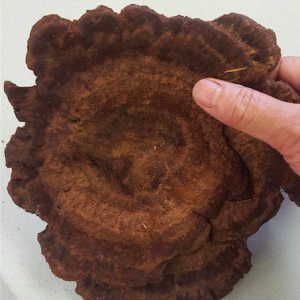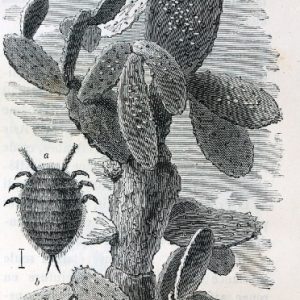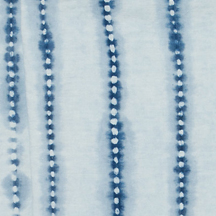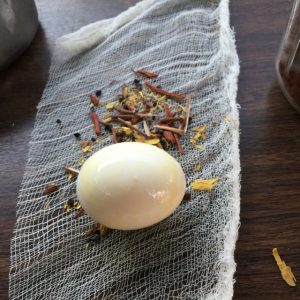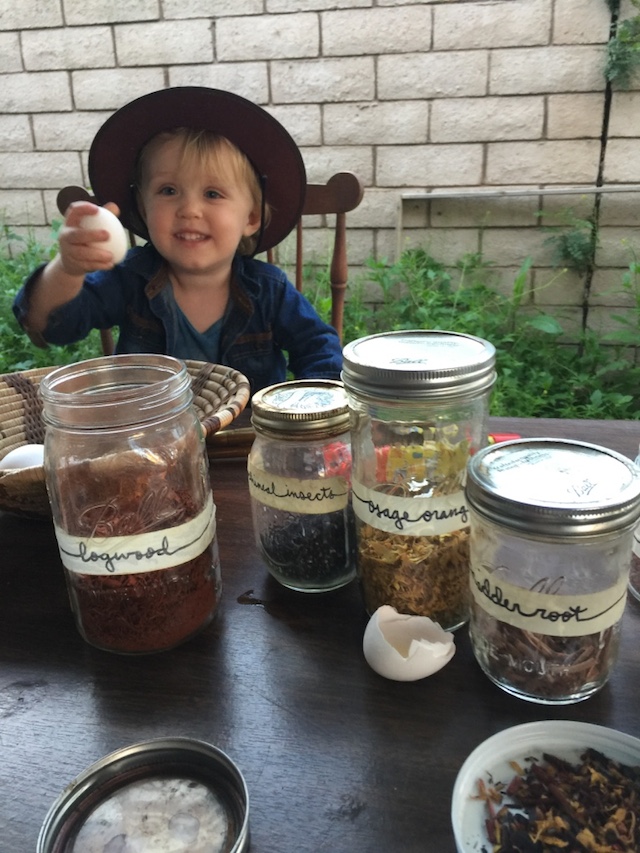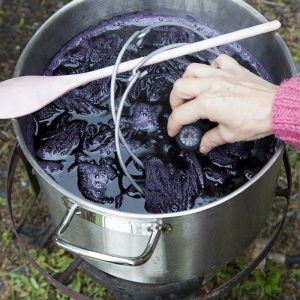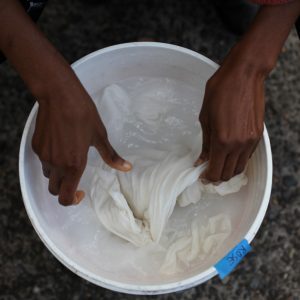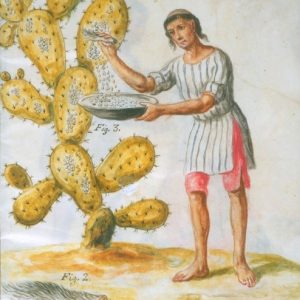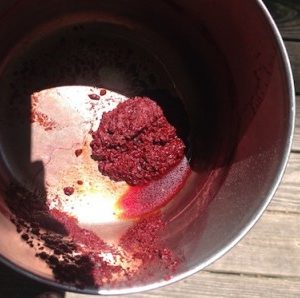FEEDBACK FRIDAY: This Week in Natural Dye Questions
Each week, we are emailed with questions from our natural dye community asking simple and complex questions that we thought might be worth sharing. Here are a handful from this week answered by natural dyer in chief, Kathy Hattori, Founder of Botanical Colors: I’ve always used my tap water to dye but have just started using rain barrels to collect water I will use for dyeing-can you tell me what differences you have found in using different types of water? Water is a significant factor in natural dye results. Water that is highly mineralized with calcium, magnesium and/or iron will … Read more


